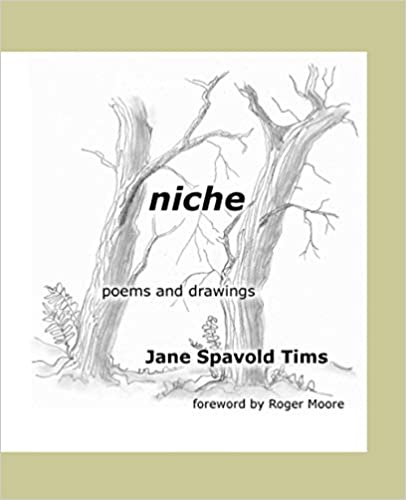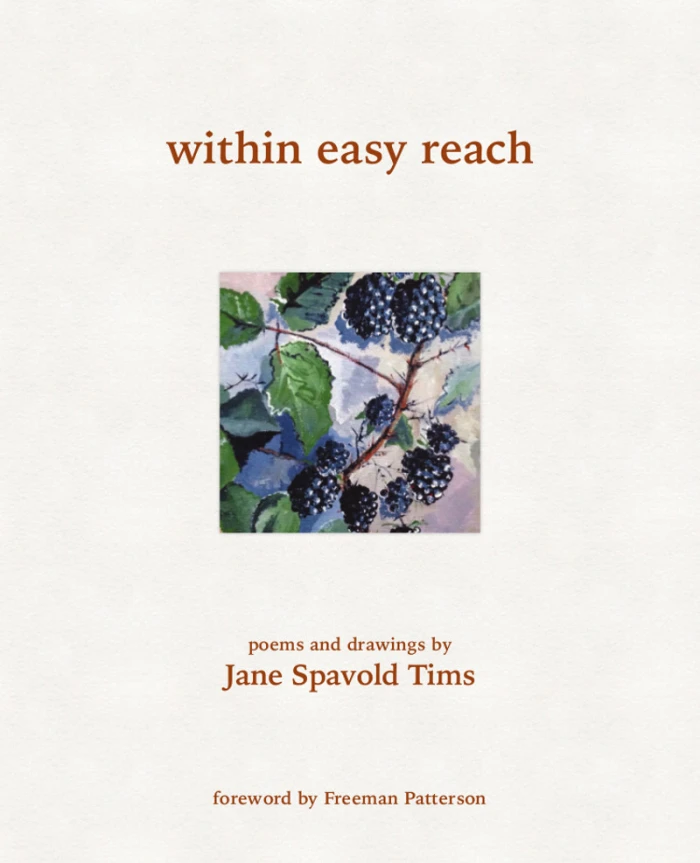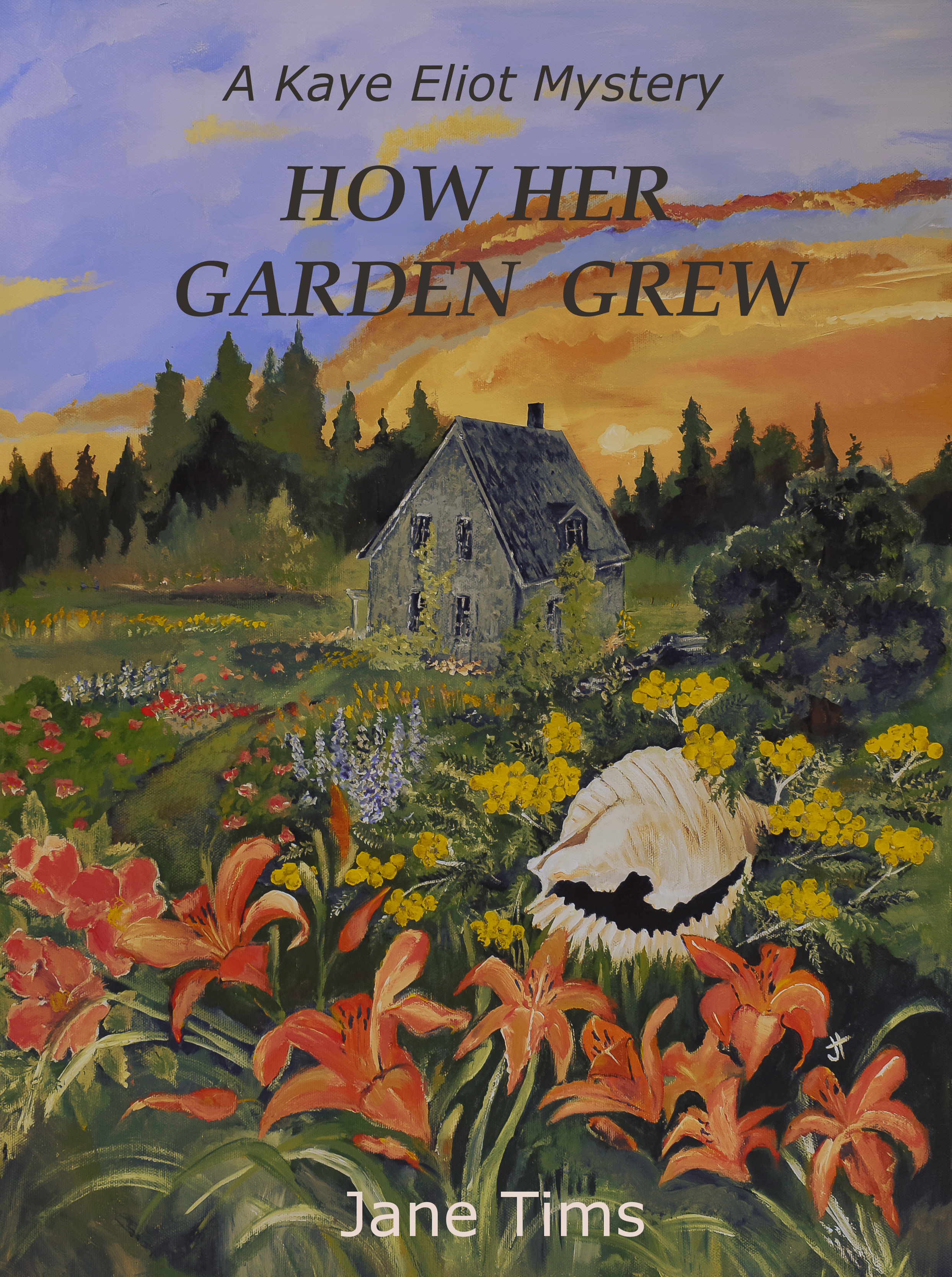Archive for the ‘where plants grow wild’ Category
a botanical alphabet
In the last couple of years, I have had the happy task of helping Jennifer Houle, award-winning author, produce her new book, A Child’s Botanical Alphabet. The book takes the reader through the alphabet with examples from the world of botany, plants local to New Brunswick and the Maritime provinces.
~

~
My specific work was to produce the drawings for the book and undertake its formatting on the way to it becoming a published book. I also wrote ‘Notes for the Curious,’ to enable caregivers to give a little more information to children abut the plants they encounter in the book.
~

~
The images in the book began as black and white pencil drawings. Before this, I had never done digital illustrations, so I began by colourizing each drawing. After this, I leaned to do grades of colour and shading. In the end, I did the 26 illustrations, one for each letter of the alphabet, and other images to illustrate the life cycle of the luna moth and fill in the story we wanted to tell.
~


~
I also experimented with background colour and learned to present the images in the proportions of the final book. For the first time, I attempted images that would bleed to the very edge of the page.
~


~
The book is an old-fashioned approach to learning the alphabet, but also a way of encouraging children to look closely at their surroundings and interact with them. To help with this, we have shown that plants are part of a larger community of plants and animals. The book shows the life cycle of the luna moth–we have hidden the luna at various stages of its life throughout the images in the book. We also encourage children to collect, with respect, examples of the plants they find and to learn about the other plants they see. Where I have left parts of the images without colour, the children are invited to add their own colour to the book.
~

~
At last, A Child’s Botanical Alphabet is ready to present to the world! Both paperback and hardcover versions of the book are now available at Amazon.ca by clicking here. On May 11, Saturday, we will launch the book at the Kennebecasis Public Library in Quispamsis, with a special presentation and art activity for the children. After that, the book will be available in both paperback and hardcover at various events, including 2024 Book Fairs in Moncton-Riverview (July 27), Saint John (September 14), and Fredericton (October 19).
~
We hope you enjoy this wonderful book! We are looking forward to showing it to you and introducing children to the world of local plants.
~

~
All my best!!!
Jane
a drive along the river
Two weekends ago, my husband and I took a favourite drive along part of the Saint John River in New Brunswick. The Jemseg Ferry Road is a short loop, beginning at the Scovil side of the ferry at Gagetown and continuing along a meandering road to Lower Jemseg. The area is a cluster of bogans, ponds and meadows where we often see osprey and eagles, ducks and turtles. Once, many years ago, we saw a glossy ibis and I added it to my life list of birds.
~

~
On our drive, we were amazed at the blooms of swamp (or giant) sunflower along the river banks. This sunflower has yellow petals (not dark towards the base), lanceolate (long narrow) leaves, alternate leaves, and a magenta stem. Helianthus giganteus, a relative of the cultivated sunflower, is not native but an escape. Crowds of the flowers followed the road and framed almost every view of the river.
~

~

~

~
The sun was setting as we drove along and the yellow flowers were all facing the west. This tilting of the flower head to follow the sun is known as heliotropism.
~

~
As you can see from the colour in the trees in the photos, we have only a short time to enjoy these beautiful fall flowers. We drove the same road just yesterday and most of the flower were already gone.
~
All my best,
Jane (a.k.a. Alexandra)
red, red, red
Autumn, no doubt about it. When I go outside, I see red everywhere. The red of the leaves of red maple, many already on the ground. The red of the lily-of-the-valley berries. The red of the crab apples on our little tree at the end of the walkway. The red hips on the rose bush beside the driveway. Red, red, red.

~

~

~

~

~

~
red, red, red
~
each rose hip edge
an ellipse to complete
the curve of rambling canes
berries red, mellow to orange
the white shine, highlight, tipped
with the black remains of blossom,
once pink, now vermillion of vermis,
cinnabar, poisonous, mercuric, toxic
lily-of-the-valley, raceme of berries
dangle, vivid crimson blush, bright
spot on fevered cheeks, the child
thought the berries good to eat
scarlet sigillatus, decorated
small images, pixilations
of woman with camera
limps to reach third
red, ruby, purple
red crabapples
in bunches
hanging
in rain
~
~
Copyright Jane Tims 2019
All my best,
Jane
in the shelter of the covered bridge – Malone Bridge
As I prepare for my fall book and art sale, I have tried to bring some of my pencil drawings into acrylic-world.
~
One of my favorite covered bridge drawings depicts a tree of green apples against the backdrop of the Malone Covered Bridge near Goshen in Kings County, New Brunswick. The Malone Bridge crosses the Kennebecasis River where it is hardly more than a stream.
~

~
From this drawing, I have done ‘apple tree, Malone Bridge’. I think this is my personal favorite of all the paintings I have done. The painting is acrylic, 18″ X 18″, gallery edges, using Paynes Grey, Ultramarine Blue, Cadmium Yellow, Titanium White and Burnt Sienna.
~

September 24, 2016 ‘apple tree, Malone Bridge’ Jane Tims
~
~
Copyright 2016 Jane Tims
changing communities
Last week we went for a drive to the Cornhill Nursery in Kings County to buy a new cherry tree for our yard. Afterwards we took a drive to visit some of the old communities in the area. One of these communities, Whites Mountain, was a rural farming community with 17 families in 1866 (New Brunswick Provincial Archives). By 1898 the community had one post office, one church and 100 people. Today the community consists of a few farms and residences, perched on a steep hillside overlooking the hilly landscape of northern Kings County.
~

On the road descending Whites Mountain, Kings County, overlooking the broad Kennebecasis Valley (September 2016)
~
One of the most interesting sights on our drive may also be evidence of the farmsteads formerly in the area. Although Virginia creeper (Parthenocissus quinquefolia (L.) Planch.) is native to North America, in this area it is usually associated with human habitation. In the thick woods north of the community, we found Virginia Creeper in profusion, covering the surface of the trees.
~

~

~
Although there is only forest here now, perhaps the ancestors of these vines covered barns and other buildings in the area.
~
Copyright 2016 Jane Tims
walk on the shore
~
ignition
Sea-rocket (Cakile edentula Hook.)
~
clumps of Sea-rocket
are splashes of lime on sand
missiles from lavender flowers
~
pepper to tongue
pungent breath of Cakile
cardamom and caraway
~
flavour our laughter
giggles of gulls cross sober sand
intervention in sluggish lives
~
launches from Cape Canaveral
moon-walking on the beach
splash-downs in Sargasso Seas
~
most days are moth-eaten –
paper cuts, missives, e-mails to answer
problems, resolutions without teeth
~
the seawind smooths its sand
begs for someone to take a stick
scratch out a love song
~
~
~
Copyright 2015 Jane Tims
beech leaves and berries
One more poem about winterberry holly …
~
~
beech leaves and berries
~
watch the wretched shudder
of the second hand, clutch
at the day, a beech leaf, intent
or winterberries persistent
through December
~
peeling paint on the door
of the shed, insistent –
resist new color
parchment leaves and paint chips rattle
~
on a day in January
a grey-green flake of paint
is tumbled by wind
and vermillion berries surrender
drop
by
drop
~
indifferent snow
~
~
Copyright 2014 Jane Tims
winterberries
Before the winter snows are entirely gone, I want to share this poem. All through the winter months, winterberry holly clings to its bright orange-red berries, refusing to let go …
~
~
~
winterberries
~
berries of holly persist
long into winter, cling to
the bough, after leaves have fallen
~
grief refuses to let go
~
but what is one berry among
so many – in the end all
berries desiccate and die
~
birds wheel in limitless sky
look below and see
one red pixel punctuates
vast emptiness of snow
~
~
Copyright 2014 Jane Tims
Highbush Cranberry (Viburnum trilobum Marsh.)
Like miniature fireworks, bright bunches of the berries of Highbush Cranberry (Viburnum trilobum Marsh.) burst along our roadsides in late summer. Highbush Cranberry is also called Cranberry, Pimbina, and in Quebec, quatres-saisons des bois.
The Highbush Cranberry is a large deciduous shrub, found in cool woods, thickets, shores and slopes. It has grey bark and dense reddish-brown twigs. The large lobed leaves are very similar to red maple.
In spring and summer, the white flowers bloom in a cyme or corymb (a flat-topped or convex open flower-cluster). Most flowers in the cluster are small, but the outermost flowers are large and showy, making the plant attractive for insect pollinators.
The fruit is a drupe, ellipsoid and brightly colored red or orange. The juicy, acidic fruit has a very similar flavour to cranberry (Vaccinium spp. L.) and is used for jams and jellies. The preserves are rich in Vitamin C.
~
~
fireworks, quatres-saisons
(Viburnum trilobum Marsh.)
~
~
against a drawing paper sky
some liberated hand
has sketched fireworks
~
remember precursors in spring?
blowsy cymes, white sputter
of a Catherine wheel
~
now these berries, ready to pick
bold, spherical outburst
of vermillion sparks
~
a pyrotechnic flash of red
strontium detonates
in receptive dark
~
a four-season celebration
spring confetti, berries,
fireworks in fall
~
cranberry preserves – acidic,
tart blaze of summer sky
winter ignition
~
~
© Jane Tims 2012
© Jane Tims 2012




























